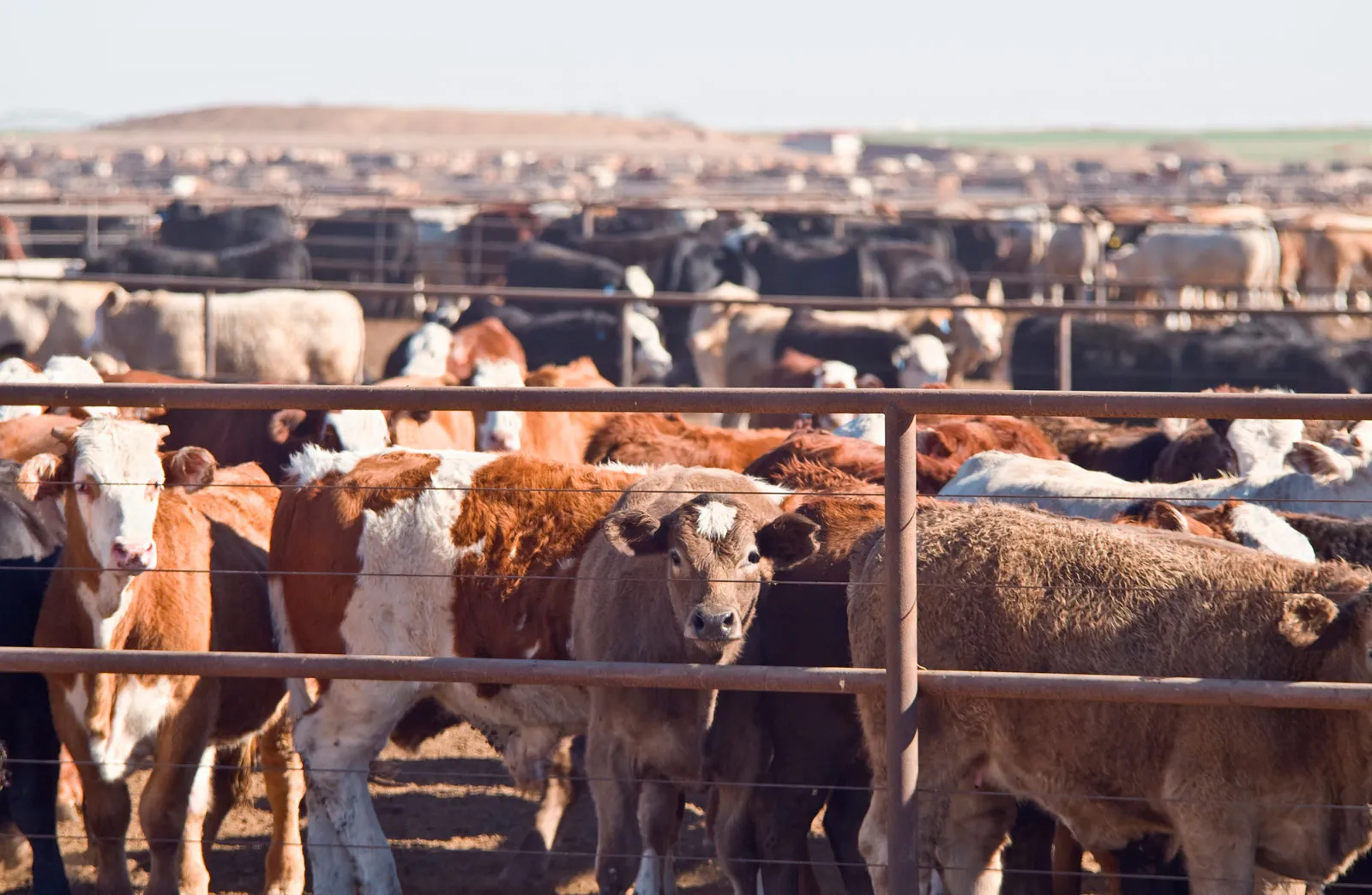
Preserving Biodiversity: The Vital Role of Livestock Breeds in Conservation
Introduction:
Biodiversity is the foundation of life on Earth, encompassing the variety of species, ecosystems, and genetic diversity that sustain ecosystems and support human well-being. While much attention is given to the conservation of wild species and habitats, the importance of preserving biodiversity within domesticated livestock breeds is often overlooked. In this blog, we’ll explore the significance of livestock breeds in biodiversity conservation, highlighting their unique genetic heritage, cultural significance, and contributions to sustainable agriculture.
1. Genetic Diversity:
Livestock breeds represent a rich reservoir of genetic diversity, shaped by centuries of selective breeding, adaptation to diverse environments, and human management practices. Each breed possesses unique traits and characteristics that make them well-suited to specific climates, landscapes, and production systems, from hardy mountain sheep to heat-tolerant desert cattle.
Genetic diversity within livestock breeds is essential for maintaining resilience and adaptability in the face of environmental challenges, emerging diseases, and changing market demands. By preserving diverse gene pools, farmers and breeders can access a wide range of traits such as disease resistance, drought tolerance, and reproductive performance, enhancing the sustainability and productivity of livestock systems.
2. Cultural Heritage:
Livestock breeds are deeply intertwined with human cultures, traditions, and livelihoods, serving as symbols of identity, heritage, and cultural heritage. Many traditional livestock breeds are closely associated with indigenous peoples, nomadic tribes, and rural communities, who have relied on these animals for food, clothing, transportation, and spiritual significance for generations.
The conservation of traditional livestock breeds is not only about preserving genetic diversity but also safeguarding cultural heritage and traditional knowledge systems. These breeds embody centuries of human-animal relationships, sustainable land management practices, and indigenous wisdom, which offer valuable insights into resilient and adaptive farming systems.
3. Local Adaptation:
Livestock breeds are often well-adapted to local environmental conditions, exhibiting traits such as heat tolerance, cold resistance, disease resilience, and forage utilization efficiency. These adaptations are the result of natural selection and human intervention, as farmers and herders selectively breed animals for traits that are well-suited to their specific environments and production goals.
Local breeds play a crucial role in sustainable agriculture and food security, particularly in regions with harsh climates, limited resources, and marginal lands. These animals contribute to ecosystem resilience, soil fertility, and biodiversity conservation, serving as living reservoirs of genetic diversity that can be tapped into to address emerging challenges such as climate change and environmental degradation.
4. Threats to Livestock Biodiversity:
Despite their importance, many traditional livestock breeds are at risk of extinction due to various threats such as population decline, genetic erosion, habitat loss, and competition from modern breeds. Industrialization, intensification, and globalization of agriculture have led to the displacement of traditional livestock breeds in favor of high-yielding, standardized breeds that are often better suited to intensive production systems.
Additionally, changing consumer preferences, market demands, and economic pressures have further marginalized traditional livestock breeds, leading to their abandonment, neglect, and decline in numbers. Without concerted efforts to conserve and promote these breeds, we risk losing valuable genetic resources, cultural heritage, and traditional knowledge that are vital for sustainable agriculture and food security.
5. Conservation Strategies:
Conserving livestock biodiversity requires a multifaceted approach that integrates scientific research, policy support, community engagement, and public awareness-raising. Key conservation strategies include:
- In-situ conservation: Protecting traditional livestock breeds in their natural habitats, where they can continue to evolve and adapt to changing environmental conditions.
- Ex-situ conservation: Establishing gene banks, breeding programs, and conservation centers to safeguard genetic resources and promote the recovery of endangered breeds.
- Policy support: Enacting legislation, regulations, and incentives to support the conservation and sustainable use of traditional livestock breeds, including funding for research, education, and outreach programs.
- Community involvement: Engaging farmers, herders, indigenous peoples, and local communities in conservation efforts, recognizing their role as stewards of livestock biodiversity and traditional knowledge.
- Public awareness: Raising awareness among consumers, policymakers, and the general public about the importance of livestock biodiversity for food security, cultural heritage, and ecosystem resilience.
Conclusion:
Preserving biodiversity within livestock breeds is essential for maintaining resilient, adaptive, and sustainable agricultural systems that can meet the challenges of the 21st century. By conserving traditional livestock breeds, we can protect valuable genetic resources, cultural heritage, and traditional knowledge that are vital for food security, environmental sustainability, and rural livelihoods.
Moving forward, concerted efforts are needed to raise awareness, mobilize resources, and implement effective conservation strategies that prioritize the preservation and promotion of livestock biodiversity. By recognizing the importance of livestock breeds in biodiversity conservation and integrating them into broader conservation initiatives, we can build more resilient and equitable food systems that benefit people, animals, and the planet.

